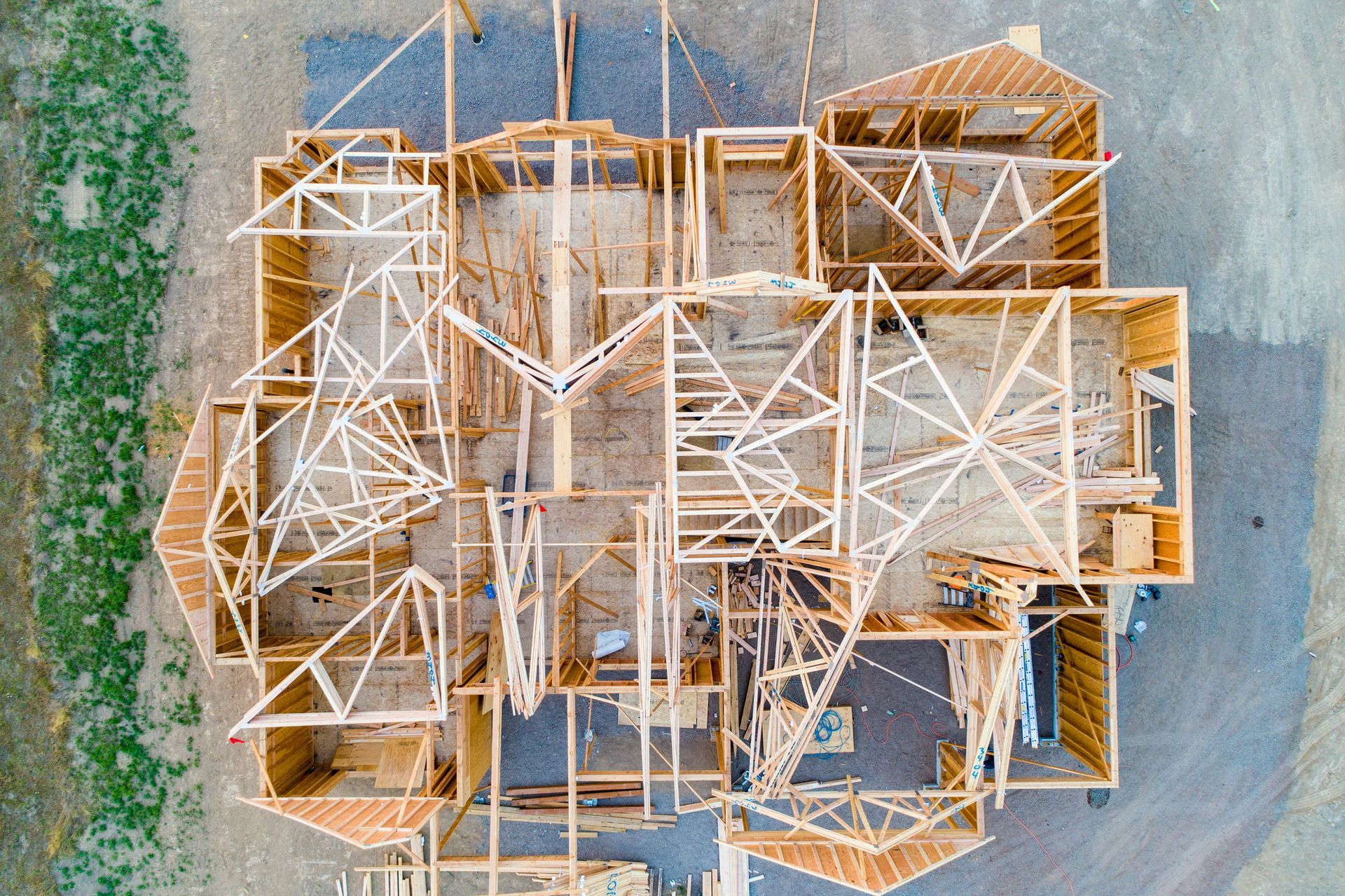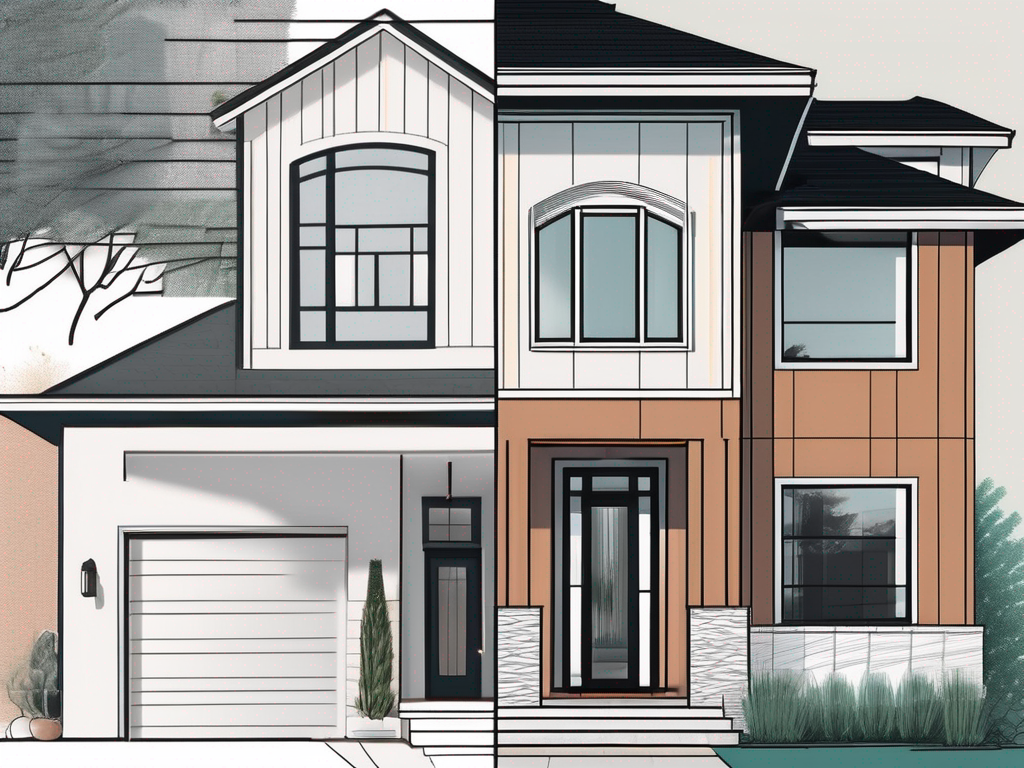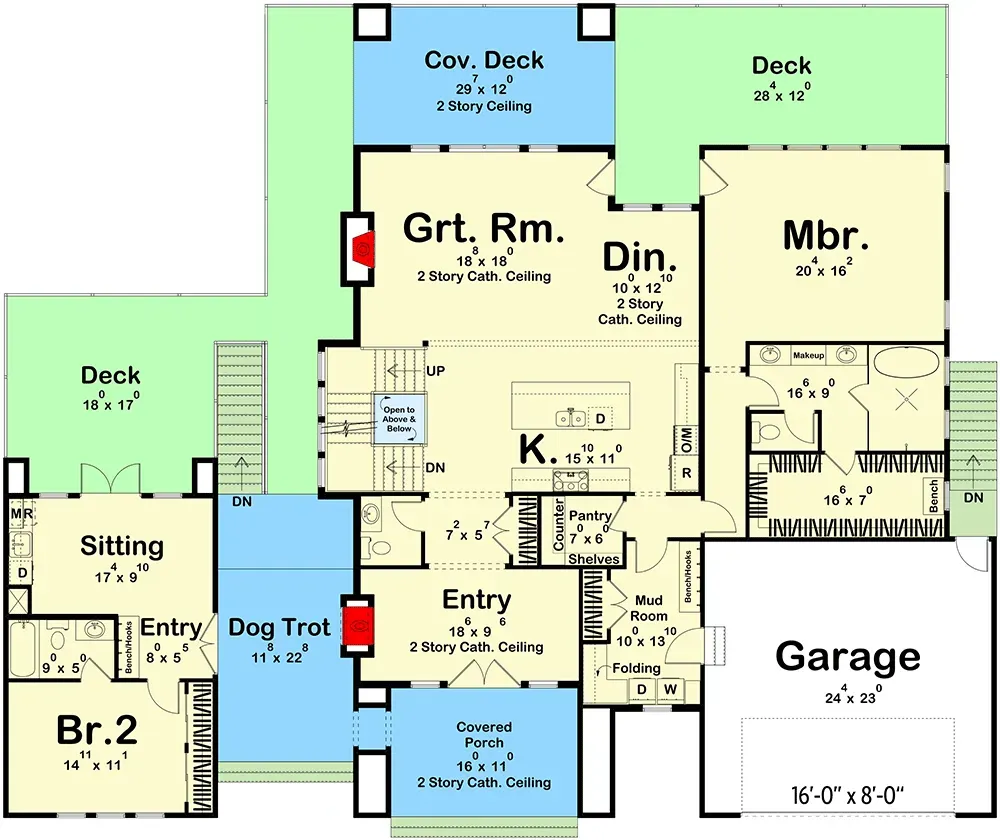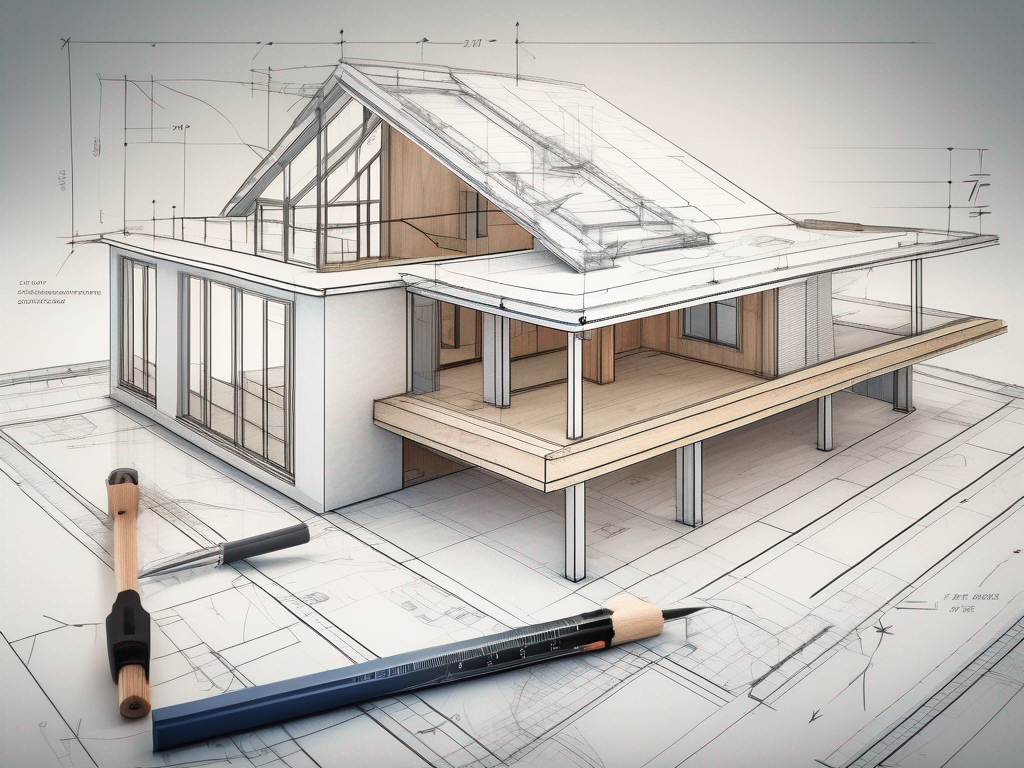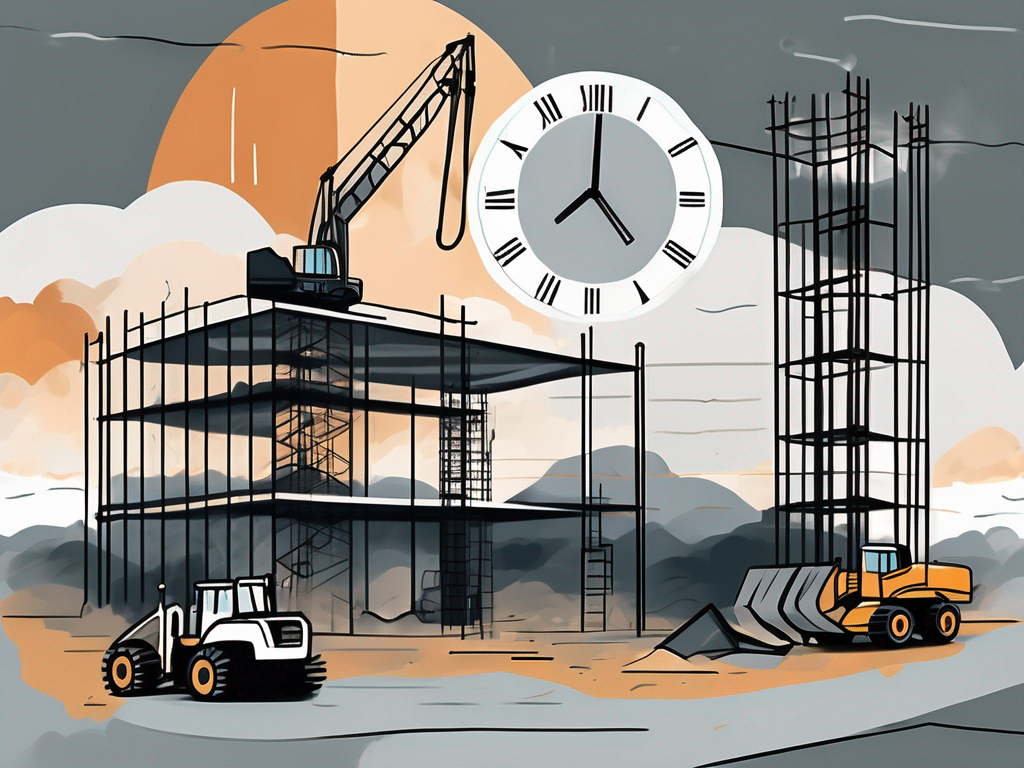Understanding Construction Contracts and Agreements
Understanding Construction Contracts and Agreements
Construction contracts and agreements play a crucial role in the industry, safeguarding the interests of all parties involved. Understanding the nuances of these documents can protect developers, contractors, and homeowners alike, ensuring smooth project execution. This article will delve into the essential components of construction contracts and agreements, highlighting their importance and the various types available.
The Basics of Construction Contracts
A construction contract is a legally binding agreement that outlines the responsibilities, rights, and obligations of the parties involved in a construction project. It serves as a roadmap that guides the work and provides a clear framework for managing the project. Establishing a solid contract upfront can prevent misunderstandings and disputes later on.
Understanding why construction contracts are important is vital. They not only create accountability but also protect the parties involved by detailing the scope, timeline, and financial obligations. By having these elements documented, parties can avoid conflicts and enhance the transparency of interactions. Furthermore, a well-structured contract can also facilitate smoother communication between stakeholders, ensuring that everyone is on the same page regarding expectations and deliverables.
Definition and Importance of Construction Contracts
Construction contracts define the parameters of work agreements, including specifications on costs, timelines, and deliverables. They serve as a reference point for what is expected from each party and play a critical role in setting the foundation for a successful project. In addition to establishing clear expectations, these contracts can also include clauses that address potential changes in scope, allowing for flexibility should unforeseen circumstances arise.
Moreover, these contracts provide legal protection, which is essential in the event of a disagreement. Having a signed document ensures that any disputes can be resolved in accordance with the agreed terms, making it an indispensable tool for all parties involved. This legal framework not only safeguards the interests of the parties but also fosters trust, as each party can rely on the contract as a guarantee of their rights and responsibilities throughout the project lifecycle.
Types of Construction Contracts
There are several types of construction contracts, each suited for different types of projects and risk management approaches. The most common include:
- Fixed-Price Contract: A set price is agreed upon for the entire project. This option is favorable for projects with well-defined scopes.
- Cost-Plus Contract: The contractor is reimbursed for actual costs plus a percentage for profit. This method is often used when project scopes are uncertain.
- Time and Materials Contract: Payment is based on the time spent and materials used. This type is typically best for small projects or repairs.
Understanding the strengths and weaknesses of each contract type is crucial for making informed decisions when embarking on a construction project. For instance, while fixed-price contracts can provide cost certainty, they may also lead to lower quality if contractors cut corners to maintain profit margins. On the other hand, cost-plus contracts can encourage collaboration and quality, but they may lead to budget overruns if not closely monitored. Each project’s unique requirements and potential risks should guide the selection of the most appropriate contract type to ensure successful outcomes.
Key Elements in a Construction Contract
Every construction contract must contain specific key elements to be effective and enforceable. These elements serve as the backbone of the contract, ensuring that all parties have a clear understanding of their responsibilities and expectations throughout the project.

Scope of Work
The scope of work is a detailed description of the tasks and duties required for the project. A clear scope avoids ambiguity and lays the groundwork for success. It should cover not only what will be done but also specify what is excluded from the project.
Including illustrations, models, and other visual aids can enhance understanding and ensure that all parties are aligned on expectations. This clarity helps in measuring progress and determining completion criteria. Additionally, it is beneficial to incorporate a change management process within the scope, detailing how modifications to the work will be handled. This process can include a formal request for changes, evaluation of impacts on cost and schedule, and a method for approving or rejecting such changes, thereby maintaining project integrity.
Payment Terms
Payment terms outline how and when the contractor will be compensated. Clear payment schedules protect both parties, helping to avoid conflicts related to finances. Typically, these terms will define milestones tied to project completion where payments are made.
The terms should also specify conditions regarding changes in the project and how they might affect the payment schedule. Clear documentation here will thwart potential disputes later on. Furthermore, including provisions for retainage can be advantageous, allowing a portion of the payment to be withheld until the project is satisfactorily completed. This practice incentivizes quality work and ensures that contractors remain committed to meeting the agreed-upon standards throughout the duration of the project.
Duration and Schedule
Specifying the project duration and schedule is essential to managing expectations. It lays out timelines for project phases and completion dates. Delays arise often in construction, but having a realistic timeline helps manage work effectively.
Including provisions for handling delays—such as weather-related impacts or material delivery issues—ensures that everyone has a mutual understanding of how to approach unforeseen circumstances without falling into disputes. Additionally, it can be beneficial to establish a system for regular progress updates, allowing all parties to stay informed about the project's status. This transparency can foster collaboration and prompt problem-solving, ultimately contributing to a smoother workflow and a more successful project outcome.
Understanding Construction Agreements
While contracts are formalized legal documents, construction agreements can be more informal and still hold substantial importance. These agreements outline the terms and conditions similar to contracts but may not always carry formal legal weight.
The Role of Construction Agreements
Construction agreements facilitate communication and collaboration between the parties. They often include expectations beyond just the scope of work, touching upon team dynamics, transparency in communication, and even safety practices on site.
Utilizing agreements helps to set a positive tone for the working relationship. They can serve as motivational tools, fostering a sense of teamwork and commitment among all involved.
Different Types of Construction Agreements
Different kinds of agreements may be used based on the situation, such as:
- Letter of Intent: Demonstrates mutual interest in pursuing a project.
- Memorandum of Understanding: Outlines a partnership and intention to cooperate.
- Subcontract Agreements: Established between a primary contractor and subcontractors for specialized work.
Understanding these variations can help parties select the most appropriate paths for their projects.
Legal Aspects of Construction Contracts and Agreements
Understanding the legal landscape surrounding construction contracts is vital to avoid potential pitfalls. Legal frameworks can differ broadly across regions, impacting how contracts are executed and enforced.
Contract Law in the Construction Industry
Contract law dictates how agreements are negotiated, interpreted, and enforced. The construction industry heavily relies on these laws to ensure transparency and accountability in contracts.
Parties should be aware of local laws and regulations, as they can affect obligations and rights within a contract. Consulting with legal professionals who specialize in construction law can prevent issues before they arise.
Dispute Resolution in Construction Contracts
Disputes can occur at any point during a construction project. Therefore, it's critical to include a dispute resolution clause in all contracts. This clause will specify how disputes will be handled, whether through mediation, arbitration, or court litigation.
Clear dispute resolution paths encourage parties to stay civil and work toward resolving issues instead of letting them escalate unnecessarily. Involving third-party services such as TurnKey Homes can also facilitate smoother negotiations and conflict resolution.
Tips for Negotiating Construction Contracts and Agreements
Negotiating contracts effectively is crucial to ensuring that the interests of all parties are balanced and protected. Here are some tips on how to approach the negotiations.
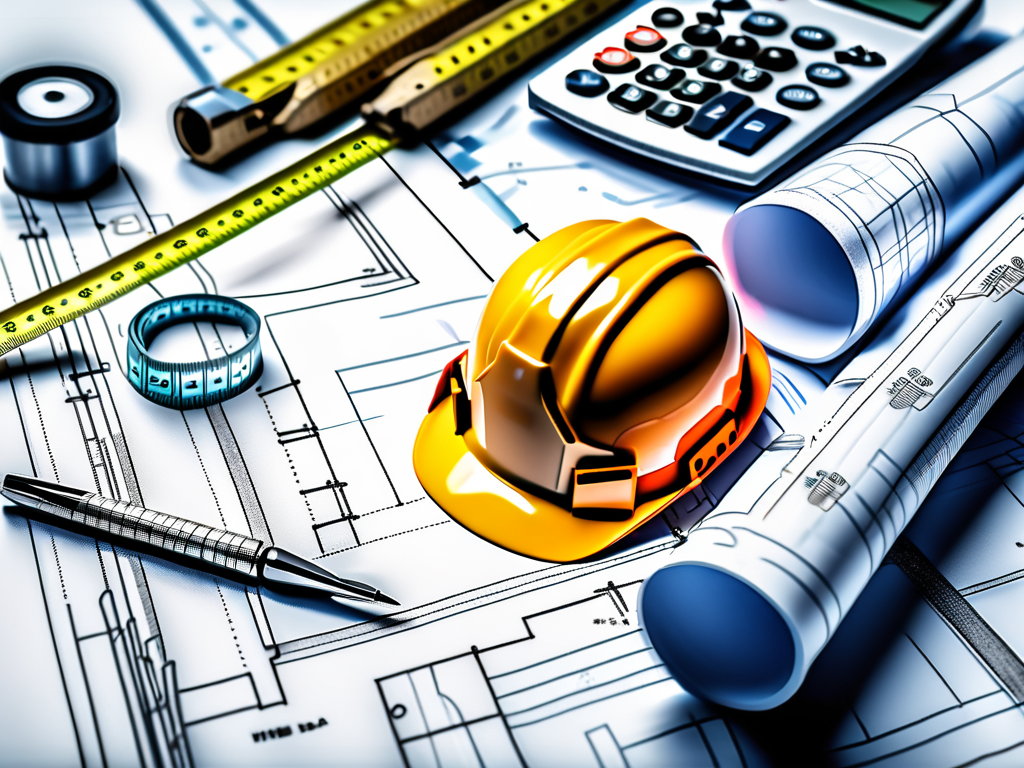
Preparing for Negotiations
Preparation is vital for successful negotiations. Researching the other party's background, understanding the local construction market, and knowing your budget constraints allows you to negotiate from a strong position. Create a list of potential concerns and solutions to guide the discussions calmly.
Developing a negotiation strategy that includes fallback positions helps navigate discussions without becoming entrenched in unproductive arguments.
Key Points to Negotiate
During negotiations, pay particular attention to:
- Clear definitions: Ensure roles and responsibilities are unambiguously outlined.
- Realistic timelines: Confirm that the schedule is feasible and includes contingencies for delays.
- Payment conditions: Negotiate clear and fair payment structures to protect both parties.
Fostering a collaborative environment during negotiations can result in better outcomes and relationships moving forward.
Summary
- Construction contracts outline the terms and responsibilities for parties involved in a project.
- Key elements include scope of work, payment terms, and project timelines.
- Understanding different types of contracts and agreements is essential for effective management.
- Legal aspects and dispute resolution strategies offer protection and clarity.
- Preparing for negotiations and focusing on key points fosters better agreements.
By grasping these essentials, developers, contractors, and homeowners can contribute to more effective and harmonious construction endeavors. TurnKey Homes stands out as an industry leader in facilitating these processes, offering expert guidance and resolution strategies throughout the construction journey.

Let’s talk about your project
Fill out the form, or call us to set up a meeting at
We will get back to you as soon as possible.
Please try again later.



